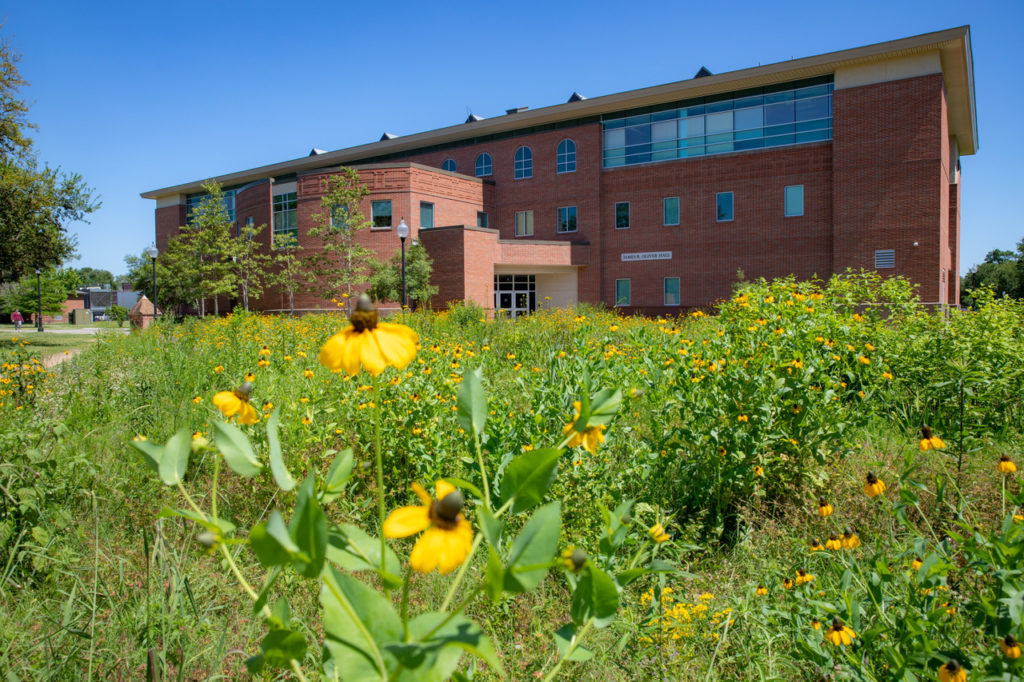New research from the University of South Florida’s (USF) College of Marine Science shows flood risk is greatest for cities along the Atlantic and Gulf coasts when strong storm surge and high rainfall occurs simultaneously. While rising sea levels are the main driver for increasing flood risk, dual storm surge and high rainfall results in compound flooding, which can trigger direct runoff and increased river discharge.
The study also identified compound flooding mechanisms, including higher water levels in estuarine regions, storm surge flooding that worsens with heavy rainfall, and moderate storm surge events that block or slow drainage. The relevance of these mechanisms at a given site strongly depends on the local setting, according to the study.
Working with colleagues from the University of Maine and the University of Siegen in Germany, USF scientists examined storm surge and rainfall data dating back to the 1950s covering 30 U.S. cities located along the Gulf, Atlantic, and Pacific coastlines. In addition to identifying greater compound flooding risks for Atlantic and Gulf coast cities, the researchers discovered that the number of compound flooding events has risen steadily over the past century.
With nearly 40% of the U.S. population residing in coastal counties, these low-lying, highly urbanized, and densely populated areas can be significantly affected by flooding. Read more.





